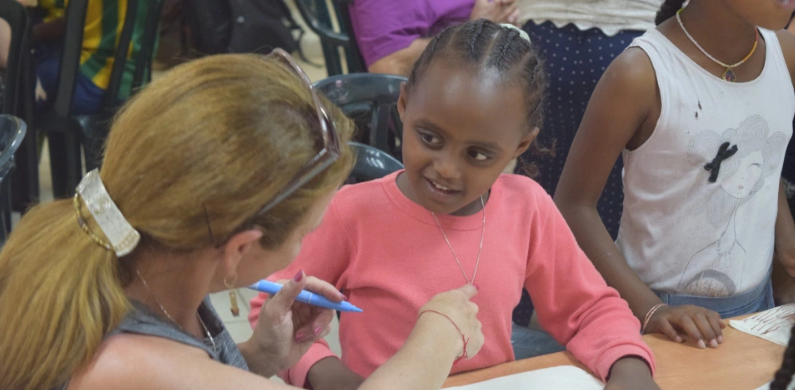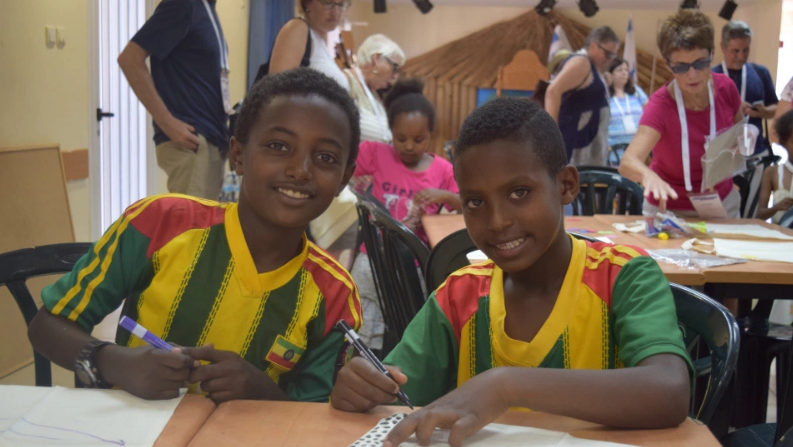David Harris
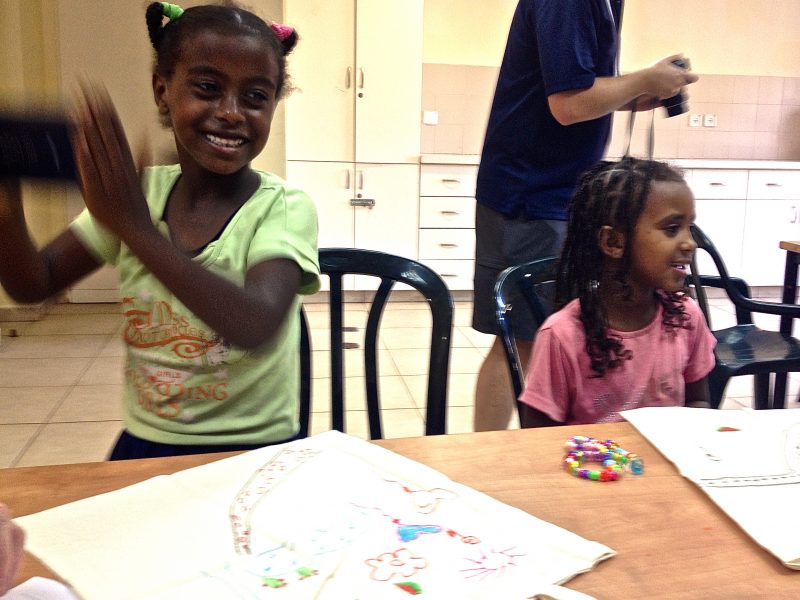
A Visit to Ethiopian Absorption Centers: “Everything Was New”
Israel Mission trip participant and Temple Sholom member Mauri Willis was asked her impressions of her congregation’s visit to Mevaseret Zion Absorption Center in Jerusalem, which is funded by the Jewish Agency for Israel, which in turn your Federation dollars help fund. Located throughout Israel, absorption centers are temporary living quarters that provide new immigrants intensive Hebrew classes and a supportive framework. A member of Temple Sholom, Willis lives in Amberley.
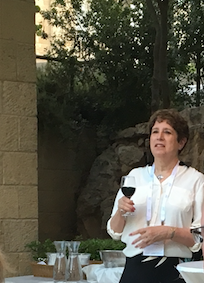
Q: What do you take away from your visit to this absorption center for Ethiopian Jews?
MW: I have been to Israel many times, in many different capacities, but I’d never been to an absorption center before. What I found particularly interesting was that, because of the background that they came from, everything was new to them. It wasn’t just Hebrew, but how to use a stove, how to use a washing machine—things that I assume others, say Russian Jews, already know.
It was very interesting listening to the young woman—her name was Liat—who now works at the center but came when she was four or five years old and is now in her mid-20s.
Q: What did she say?
She was very articulate, beautiful fluent English. They hadn’t seen motorized vehicles before. Everything was surprising. Ethiopians viewed Jerusalem literally as a city of gold. She said people imagined it being so holy people didn’t walk on the ground, they just floated.
They had to wait in a refugee camp in Sudan for a year before they could leave for Jerusalem. When that time finally came, Liat said that there was noise and light everywhere. The only light they knew was moonlight. In front of them was a noisy machine with artificial light and what appeared to be wings. The villagers were scared to get on the plane; they had no concept of a plane. Finally her father rallied the group, saying ancient texts promised they would be delivered to Israel “on the wings of an eagle.” He got them on the plane by saying that this was just a different kind of bird.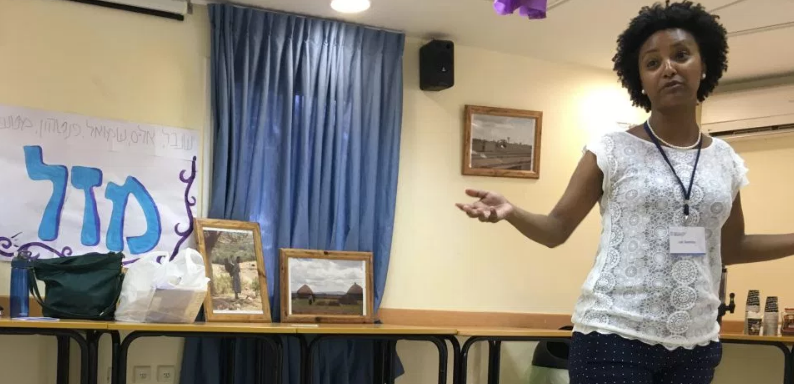
Their apartment in Jerusalem was also shocking. She said that she saw her first sink and said, “Look, we have magic! We don’t have to get water from the river anymore.”
What else struck you?
We got to meet some children, between six or seven and ten; mostly girls, some older boys. They had us do an art project, they had cloth book bags, plain, no design, the idea was we were to pair off and work with one or two of the children with colored markers to make designs on the book bags. The two little girls at our table didn’t want to split up, so I watched. They were a bit shy, but laughed and got silly when we let them use our iPhones to take pictures of each other.
Looking back on the experience, what was your strongest feeling?
MW: It left me feeling proud—this is what Israel is able to do to help people who came from such poor circumstances. The fact that Israel provides people who choose to do this with this opportunity and helps them to learn and adjust to the new culture.
What did you come away with for yourself?
I’ve been a long-time supporter of Israel, as evidenced from the number of times I’ve been there. I would say the whole trip deepened my commitment to the state of Israel.


